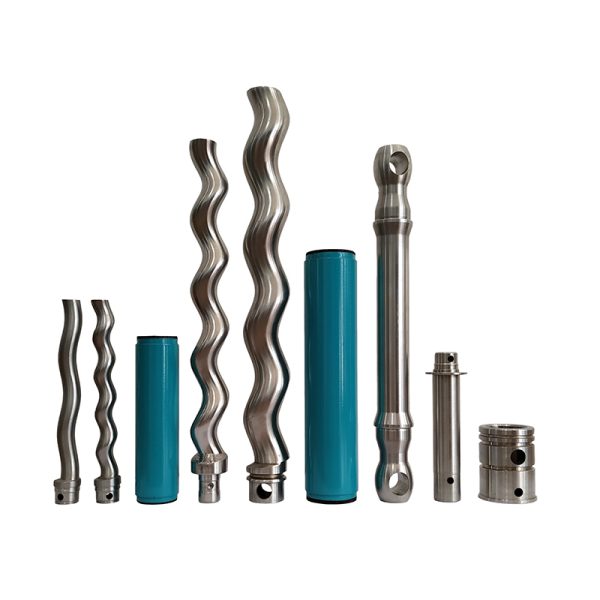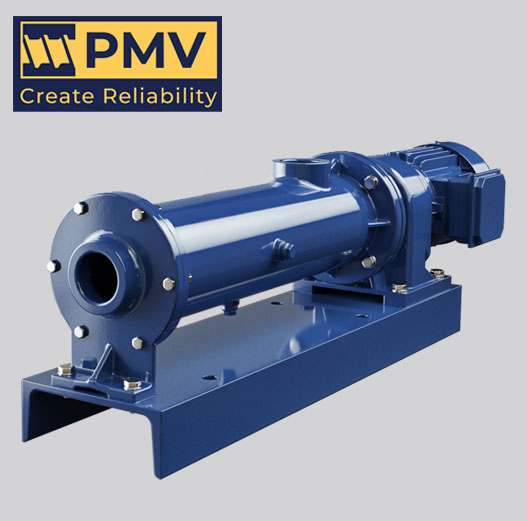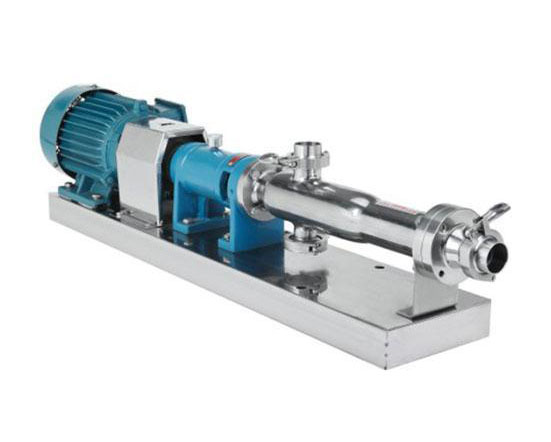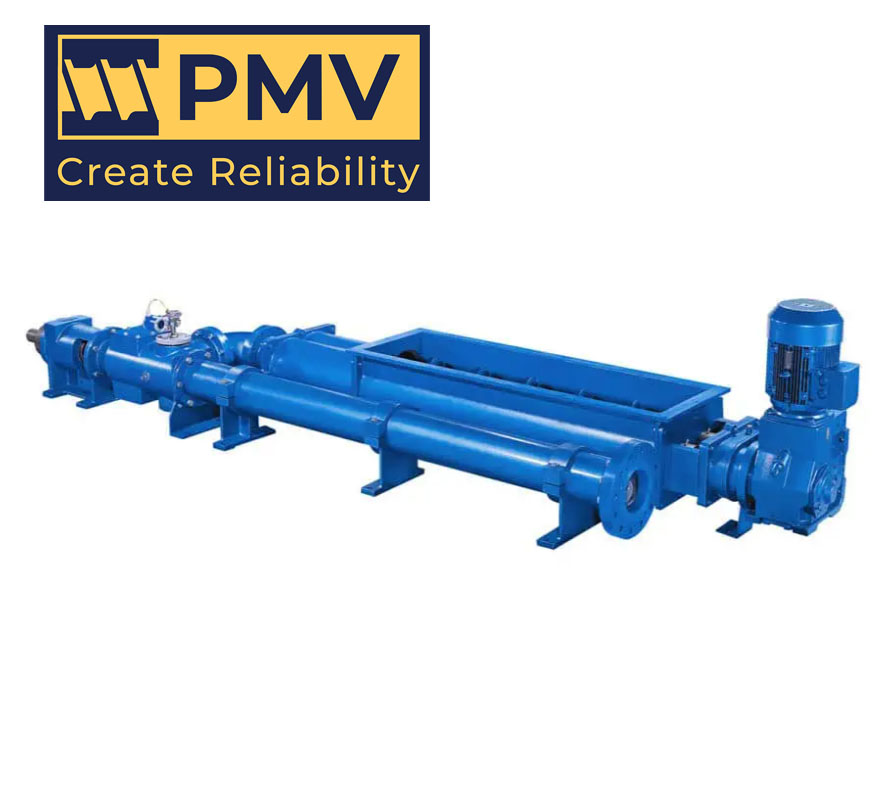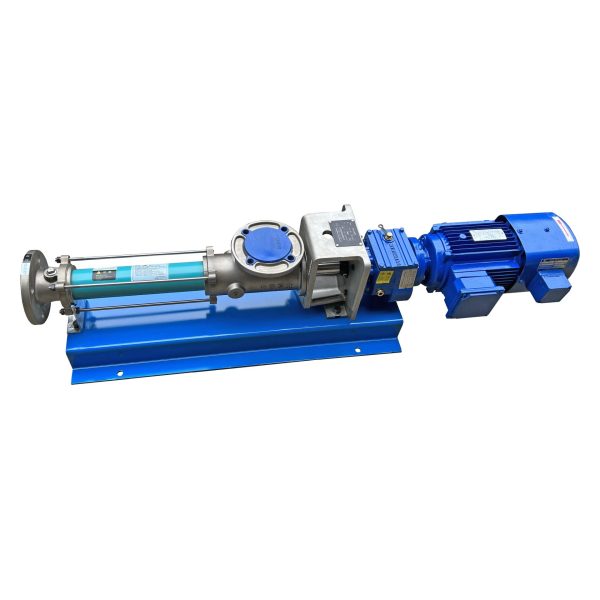progressive cavity screw pump
A progressive cavity screw pump is a type of positive displacement pump that utilizes a helical rotor and a stator to move fluids. This design allows for the efficient handling of a wide range of fluids, including viscous, shear-sensitive, and abrasive materials. Below is an overview of the pump’s features, operating principles, applications, and benefits.
1. Key Components
1.1 Rotor
-
- Design:
-
- Helical-shaped and rotates within the stator.
-
- Typically made from durable materials to withstand wear.
1.2 Stator
-
- Design:
-
- Fixed, elastomeric or metal housing that surrounds the rotor.
-
- The inner surface is shaped to form a tight seal with the rotor.

2. Operating Principle
-
- Fluid Movement:
-
- As the rotor turns, it creates a series of sealed cavities between the rotor and stator.
-
- These cavities trap the fluid and move it from the inlet to the outlet, effectively transferring it without pulsation.
-
- Pressure Generation:
-
- The rotation of the rotor generates pressure, allowing the pump to push the fluid through the system.
3. Applications
Progressive cavity screw pumps are widely used in various industries, including:
-
- Food and Beverage:
-
- Ideal for transferring viscous products like sauces, creams, and pastes.
-
- Chemical Processing:
-
- Suitable for handling corrosive and abrasive liquids.
-
- Wastewater Treatment:
-
- Effective in pumping sludge, slurries, and other viscous materials.
-
- Pharmaceuticals:
-
- Used for transferring sensitive compounds that require gentle handling.
-
- Oil and Gas:
-
- Employed to move heavy crude oil and other viscous fluids.

4. Advantages
-
- Versatility:
-
- Capable of handling a wide range of fluid viscosities and types.
-
- Steady Flow Rate:
-
- Provides a continuous and smooth flow, minimizing pulsations.
-
- Self-Priming:
-
- Can handle air and gas within the fluid, making it effective for various applications.
-
- Low Shear:
-
- Gentle handling of fluids prevents damage to sensitive products.
-
- High Efficiency:
-
- Effective in transferring fluids with minimal energy loss.
5. Considerations for Use
-
- Material Compatibility:
-
- Ensure the materials of the rotor and stator are compatible with the fluid being pumped.
-
- Maintenance:
-
- Regular inspection and maintenance are necessary to prevent wear and prolong pump life.
-
- Temperature and Pressure Limits:
-
- Be mindful of the operational temperature and pressure limits to avoid damage.


